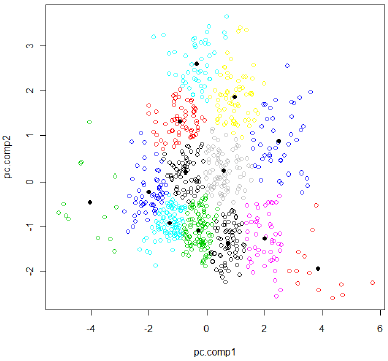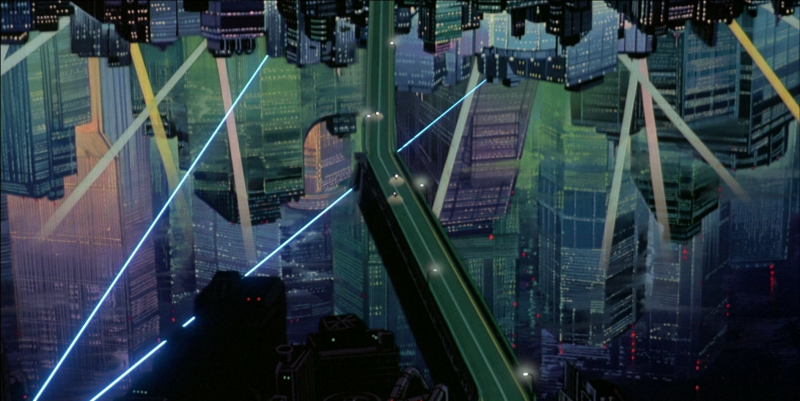
I’m working on a little photography website for my Dad and thought it would be neat to extract color information from photographs. I tried a couple of different approaches before finding one that works pretty well. This approach uses k-means clustering to cluster the pixels in groups based on their color. The center of those resulting clusters are then the “dominant” colors. k-means is a great fit for this problem because it is (usually) fast. It has the caveat of requiring you to specify up-front how many clusters you want – I found that it works well when I specified around 3.
A warning
I’m no expert on data-mining – almost all my experience comes from reading Toby Segaran’s excellent book Programming Collective Intelligence. In one of the first chapters Toby covers clustering algorithms, including a nice treatment of k-means, so if you want to really learn from an expert I’d suggest picking up a copy. You won’t be disappointed.
How it works
The way I understand it to work is you start with a bunch of data points. For simplicity let’s say they’re numbers on a number-line. You want to group the numbers into “k” clusters, so pick “k” points randomly from the data to use as your “clusters”.
Now loop over every point in the data and calculate its distance to each of the “k” clusters. Find the nearest cluster and associate that point with the cluster. When you’ve looped over all the points they should all be assigned to one of the “k” clusters. Now, for each cluster recalculate its center by averaging the distances of all the associated points and start over.
When the centers stop moving very much you can stop looping. You will end up with something like this – the points are colored based on what “cluster” they are in and the dark-black circles indicate the centers of each cluster.

K-Means
Applying it to photographs
The neat thing about this algorithm is, since it relies only on a simple distance calculation, you can extend it out to multi-dimensional data. Color is often represented using 3 channels, Red, Green, and Blue. So what I did was treat all the pixels in the image like points on a 3-dimensional space. That’s all there was to it!
I made a few optimizations along the way:
resize the image down to 200x200 or so using PIL
instead of storing “duplicate” points, store a count with each – saves on calculations
Looking at some results

Akira motorcycles
The results:
Akira motorcycles 2
The results:
Akira 3
The results:
Akira 4
The results:
The source code
Below is the source code. It requires PIL to resize the image down to 200x200 and to extract the colors/counts. The “colorz” function is the one that returns the actual color codes for a filename.
1 | from collections import namedtuple |
Playing with it in the browser
I ported the code over to JavaScript – let me tell you, its pretty rough, but it works and is fast. If you’d like to take a look at a live example, check out:
http://charlesleifer.com/static/colors/ – you can view the source to see the js version, but basically it is just using the HTML5 canvas and its getImageData method.
Thanks for reading
Thanks for reading, I hope you found this post interesting. I am sure this is not the only approach so if you have other ideas please feel free to leave a comment or contact me directly.
Links
A commenter on reddit posted this gist, showing how he used the script to generate console color themes and more using the methods outlined in this post: https://gist.github.com/3946121
Another commenter on reddit posted a link to scipy, which has built-in support for kmeans: http://docs.scipy.org/doc/scipy/reference/cluster.vq.html
Reference
[1]Using python and k-means to find the dominant colors in images
[2]DominantColors